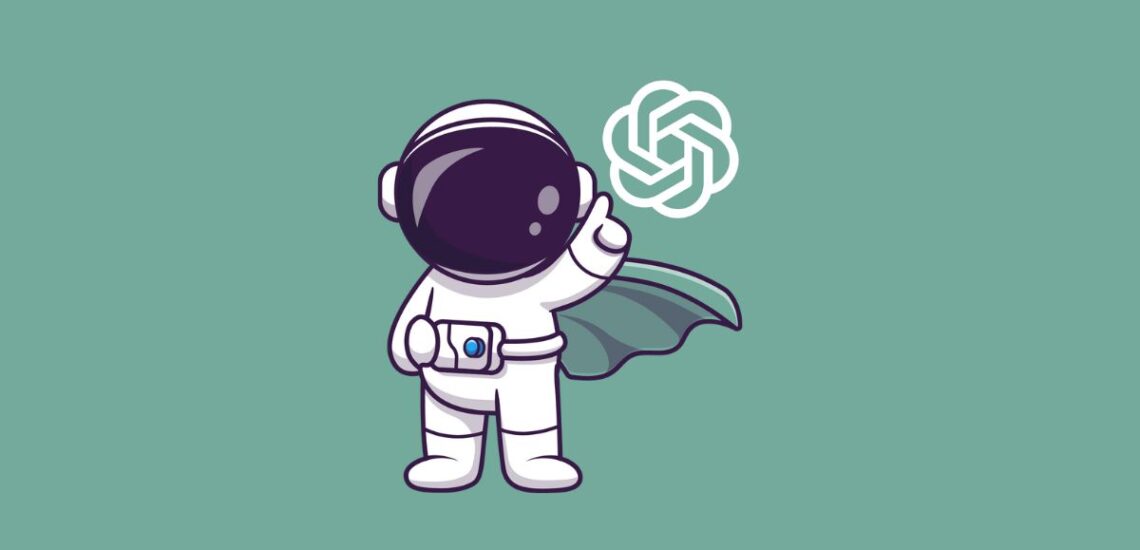In recent years, AI-driven technologies have revolutionized the way we interact with machines, and OpenAI’s ChatGPT is at the forefront of this transformation. This sophisticated language model, based on the GPT-3.5 architecture, empowers users to engage in natural language conversations, automate tasks, generate content, and enhance various applications across diverse fields. In this comprehensive guide, we’ll delve into the potential applications and explore how to effectively utilize ChatGPT’s capabilities.
Understanding ChatGPT
ChatGPT is a powerful language model developed by OpenAI, designed to understand and generate human-like text. Using deep learning techniques, ChatGPT comprehends context, generates responses, and adapts to various prompts, making it a versatile tool for a wide range of applications.
Applications of ChatGPT
Content Creation: ChatGPT assists in generating diverse forms of content, including articles, essays, product descriptions, and more. Its ability to understand context and generate coherent, human-like text makes it a valuable writing assistant.
Customer Support: Integrating ChatGPT into customer support systems enables automated responses to common queries, improving response times and customer satisfaction.
Language Translation: ChatGPT supports language translation, making it a handy tool for real-time communication across multiple languages.
Educational Aid: In the education sector, ChatGPT can act as a tutoring assistant, answering student queries, explaining concepts, and providing study material.
Coding Assistance: It can aid developers by suggesting code snippets, debugging help, and explanations of programming concepts.
How to Use ChatGPT Effectively
In a world where technology continues to redefine the way we work, communicate, and create, AI-driven language models like ChatGPT are at the forefront of the revolution. OpenAI’s ChatGPT, based on the GPT-3.5 architecture, offers an incredible range of possibilities, from content generation to coding assistance and much more. In this article, we’ll delve into the art of using ChatGPT effectively, exploring strategies and best practices that can help you maximize its potential.
Crafting Clear and Specific Prompts
The foundation of effective communication with ChatGPT lies in the prompts you provide. Prompts are the instructions or questions you give to the model to generate a response. To get accurate and relevant answers, ensure your prompts are clear, specific, and well-framed. Instead of vague queries, provide context and structure to your questions.
For example, if you want ChatGPT to help you write an article, you might use a prompt like, “Can you provide me with a 500-word article on the impact of AI in healthcare, focusing on its benefits and challenges?”
Feedback and Fine-Tuning
ChatGPT may not always generate responses that are perfect on the first try. However, OpenAI encourages users to provide feedback and corrections. This iterative process allows you to fine-tune ChatGPT’s responses and improve its accuracy over time.
When you receive a response that doesn’t meet your expectations, don’t hesitate to offer feedback. For instance, you can say, “Your response missed the key benefits of AI in healthcare. Please provide more information on that.”
Experiment and Learn
Effective usage of ChatGPT often involves a learning curve. Engage in regular conversations with the model and experiment with different types of prompts. This will help you gain a better understanding of its capabilities and limitations.
Experimentation can also lead to creative applications of ChatGPT, such as generating ideas, solving problems, or simulating conversations for testing purposes.
Responsible Use
While ChatGPT is a powerful tool, it’s important to use it responsibly. Avoid generating misleading or harmful content. Be aware of the potential biases that might exist in the model’s responses and take steps to ensure your content aligns with ethical guidelines.
Integration and Customization
OpenAI provides APIs and tools that allow you to integrate ChatGPT into your platform or workflow. This opens up endless possibilities for customizing the model to suit your specific needs. Whether you’re building a chatbot, a content generator, or a coding assistant, consider how ChatGPT can be tailored to your application.
ChatGPT Limitations and Considerations
Contextual Understanding: While ChatGPT excels in understanding context, it may sometimes provide responses that lack specific context or real-world knowledge.
Biases and Misinformation: Like any language model trained on vast amounts of internet text, ChatGPT may reflect biases or generate inaccurate information. It’s crucial to verify responses in critical or sensitive applications.
Resource Consumption: Deploying large-scale models like ChatGPT might require substantial computational resources, which could affect speed and cost.
The Future of ChatGPT
As AI technologies continue to evolve, so does ChatGPT. OpenAI and the AI community constantly work on improvements to enhance accuracy, reduce biases, and develop more application-specific models for diverse industries.
Conclusion
OpenAI’s ChatGPT represents a significant leap in AI-powered conversational tools. By understanding its capabilities and limitations, users can leverage its potential across various domains, from content creation to customer service, education, and more. With responsible usage and ongoing advancements, ChatGPT stands as a transformative tool that continues to shape the future of human-AI interaction.
Incorporate ChatGPT into your workflows, explore its capabilities, and witness its transformative potential in your domain. Welcome to the world of AI-driven language models—where the possibilities are endless!






Leave A Reply